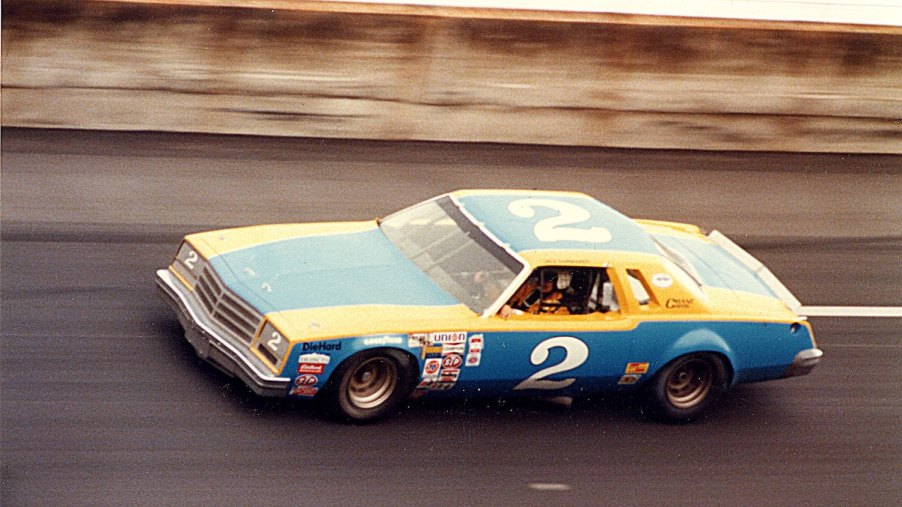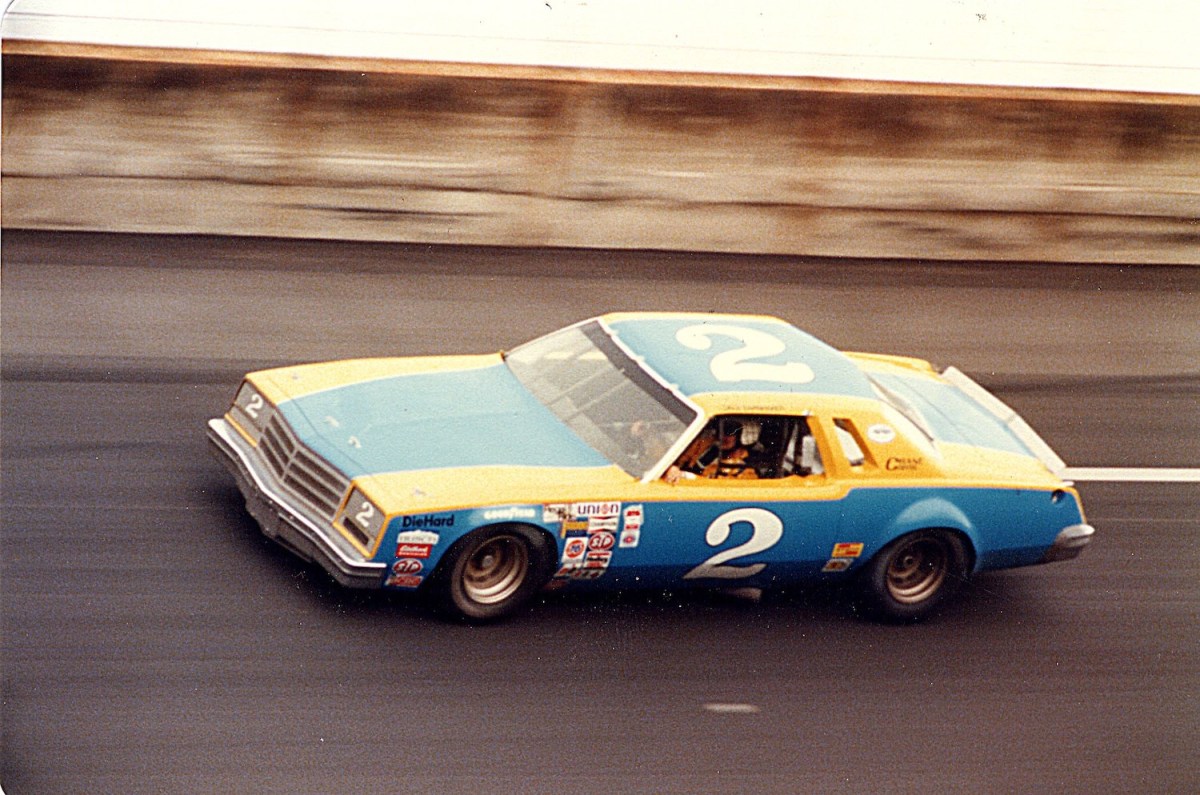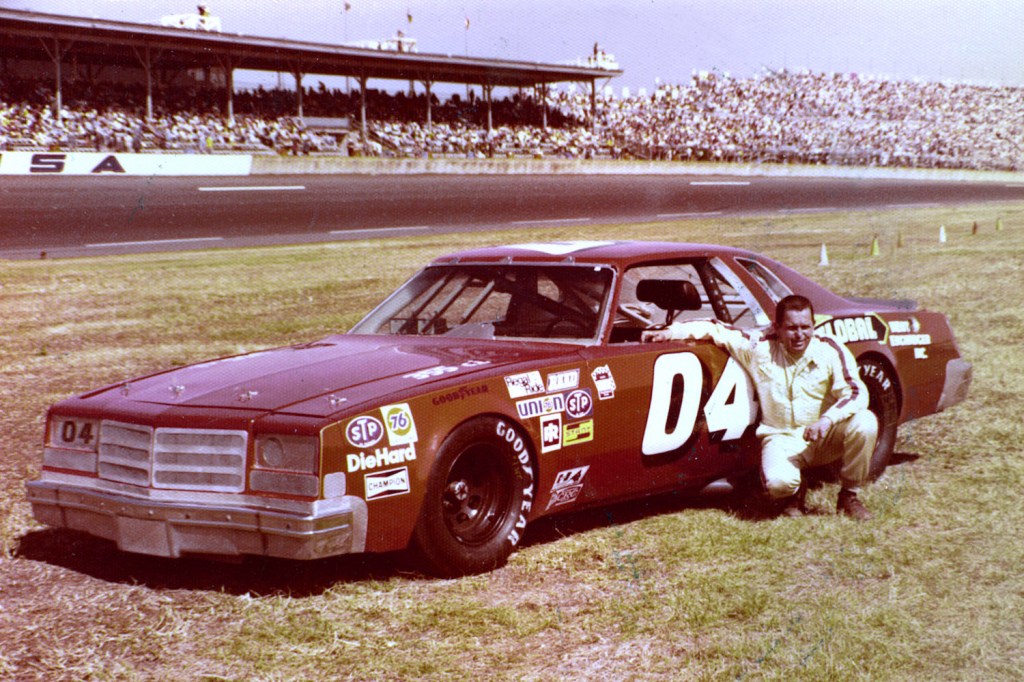
The Buick Lesabre Sport Coupe Was a 1980s Sleeper
To some people, the Buick Lesabre was just another big American sedan that got horrible gas mileage out of an underpowered V8 following the 1970s oil crises. What some of those people may not realize is it was once a sleeper coupe of the 80s, in its own way. Nowadays, a subtle performance car is a Cadillac CTS-V or a Chevrolet SS, but back in the late ‘70s, early ‘80s, performance was hard to come by in a large family sedan. This is why the Buick Lesabre Sport Coupe was a sleeper performance sedan of its era.
Lesabre Sport Coupes got a turbocharged V6
Lesabres from the late ‘70s early ‘80s had several engine options, ranging from a 3.8-liter V6 to a 6.6-liter V8, always mated to an automatic transmission. Buick Lesabre Sport Coupes, which had been around since the 1960s, got a few engines in 1977: a turbocharged 3.8-liter and a few V8s. However, by 1978 only the turbocharged engine remained, and the Sport Coupe was dropped after 1980.
By 1979 the 3.8 got 170 horsepower and an impressive 265 lb-ft of torque out of 9 psi, a four-barrel carburetor, and a new cylinder head. Buick got around engine detonation with a knock sensor and electronically controlled timing, according to Hemmings. The 3.8-liter would go through a few more revisions before ending up in the fabled Buick Grand National, which pumped out about 300 horsepower.
Suspension components improved the Sport Coupe’s handling

American cars of this era rarely saw rear disc brakes, yet that was included on the Buick Lesabre Sport Coupe. It received power disc brakes on all four wheels and weighed just 3,500 pounds, which wasn’t too bad for the vintage. It also received a stiffer suspension, including springs and shocks, front and rear sway bars, as well as a quicker steering ratio. All told, the car handled well for what it was.
Which was quicker, the V6 or the V8?
Road and Track pitted the 3.8-liter turbo V6 against the 350 V8 to find out which was faster. Perhaps unsurprisingly, the V6 beat the V8 to 90 mph by 2.5 seconds. Unfortunately, the turbo didn’t sell as well as Buick had hoped. The Sport Coupe was dropped after 1980, soon to be replaced by the Regal, which would become the platform for the Grand National. Ultimately, despite its handling improvements and powerful engine, the Lesabre Sport Coupe was still a big Buick with heavy doors and a velour interior.
The Lesabre Sport Coupe amassed a cult following

Still, despite its shortcomings, the Buick Lesabre Sport Coupe was a reliable machine with ample acceleration and a comfortable interior. Owners praise it for a mixed bag of various reasons; suffice it to say the Lesabre Sport Coupe is beloved by enthusiasts more than 40 years after its release.


